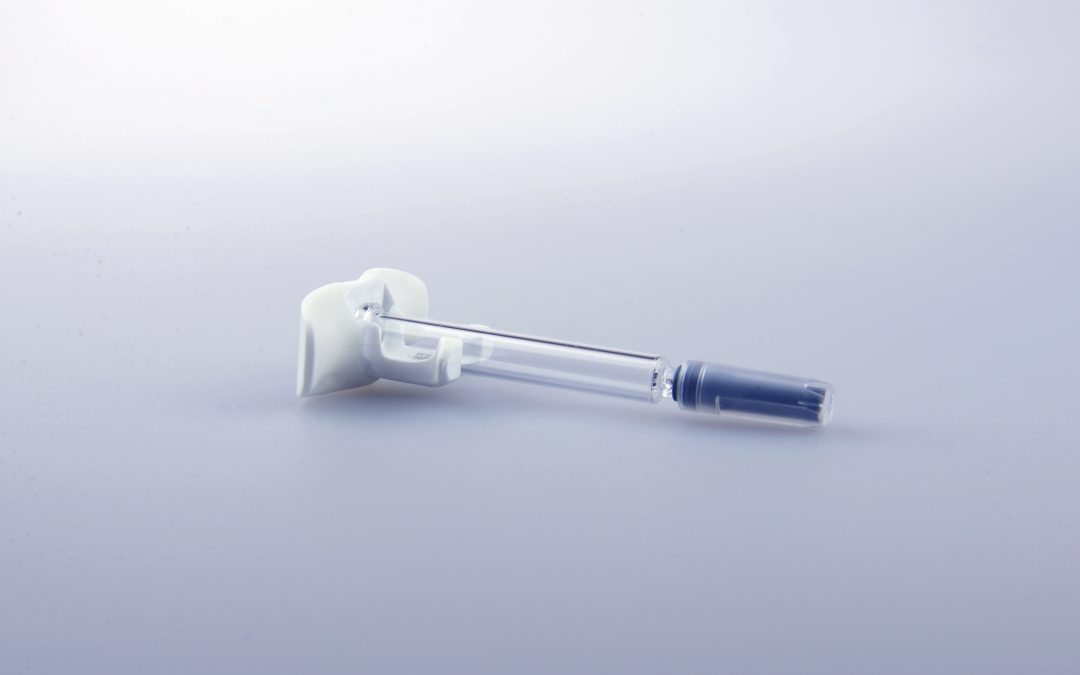Primary pharmaceutical products with sterile needles – such as disposable needles, staked needle syringes (pre-filled syringes) and insulin pen adapters – are used in a variety of applications every day. In all cases, products made of plastic are clearly superior to their glass counterparts in terms of practical handling and unproblematic storage.
Future technology glass replacement
Glass containers can break – even as soon as they are delivered to the bottling plant, during filling or in subsequent packaging processes. In such cases, the entire bottling plant must be cleaned to ensure that no glass particles contaminate any vessels. This causes unplanned downtime and production delays. In general, glass containers require more care in transport, storage and handling. With plastic, the risk of breakage is minimal, which is a product advantage that should not be underestimated in medical practices, hospitals, laboratories, and when emergency doctors are called in, and above all in the context of selfmedication – diabetic patients, for example.
The more economical alternative
For the first time, ZAHORANSKY offers a 16-fold system for manufacturing syringes in accordance with ISO 11040-6 with overmolded cannulas using a modern injection molding process in combination with patented mold technology (patent number EP2599607B1). Compared to glass syringes, these do not need to be washed, dried and sterilized before filling. This eliminates the need for expensive washing systems in the production line. Additionally, such high-performance plastic production lines are now catching up to glass in terms of actual manufacturing costs of the syringe body. In the TCO comparison, however, plastic production lines have a clear advantage.
Due to material properties of glass, more process steps are required in the manufacture of glass containers compared to plastic. This results in a higher reject rate. In comparison, the production of COC/COP-based containers is leaner. Because here the needle is overmolded – not melted or glued in place. When using a glass body, on the other hand, heavy metals are formed during the melting process at temperatures of more than 1000 degrees Celsius and are deposited on the inside of the syringe body. They get into the glass container and can later be found in the product despite subsequent washing, drying and sterilization of the container.
Among other things, these aspects are crucial when it comes to avoiding putting even more strain on the already impaired health of patients or their weakened immune system. Further aspects of the plastic variant are the already mentioned minimal risk of breakage as well as greater design freedom. Because it can even be determined whether the alignment of the needle should be straight or curved. With the appropriate machines, the entire process chain can be covered with a very high level of autonomy – starting with the granules and the pre-filled syringe to packaging according to individual customer specifications.
Advantages of Pre-Filled COC/COP syringes
- pH neutral surface
- Lower heavy metal content than glass
- Increased shelf life especially for highly sensitive drugs
- No risk of breakage and, compared to glass, easier and safer handling for selfmedication
- More freedom in product design and in cannulaposition and shape
This use case is available for download in PDF format.



